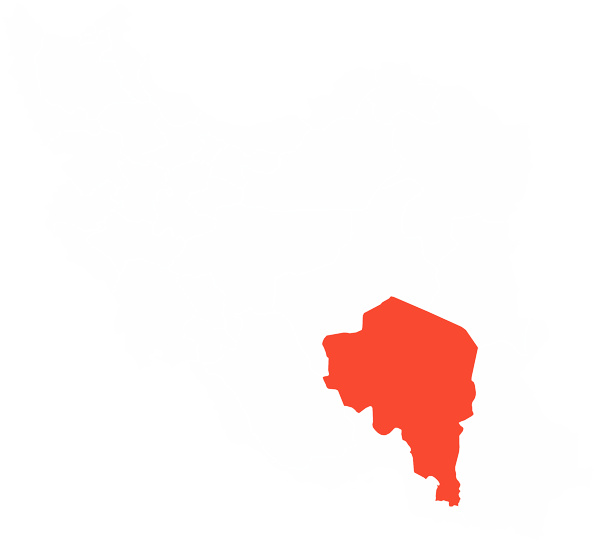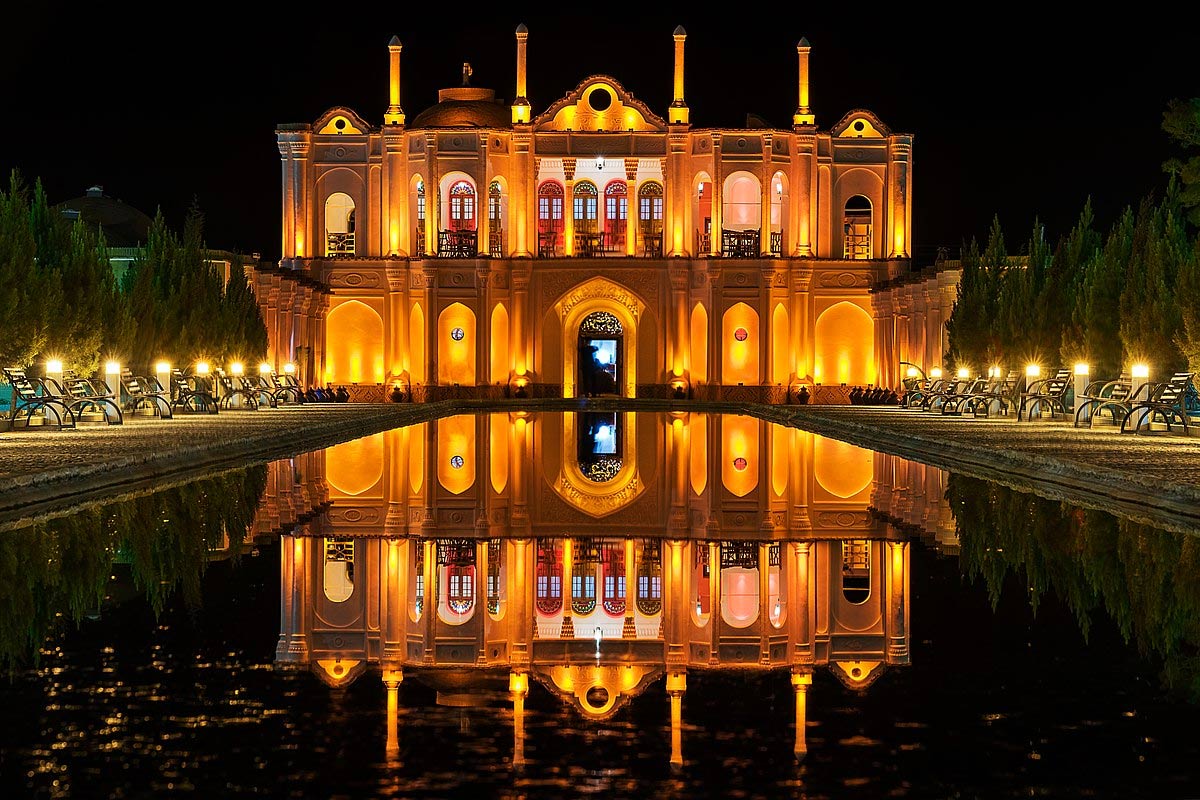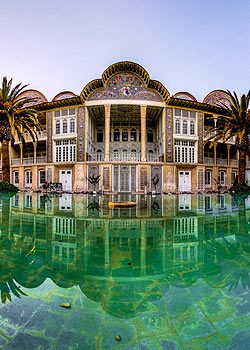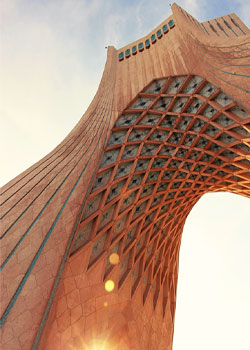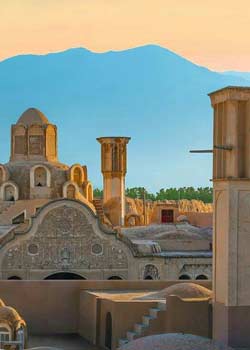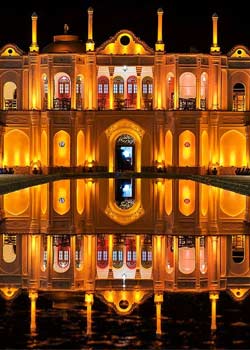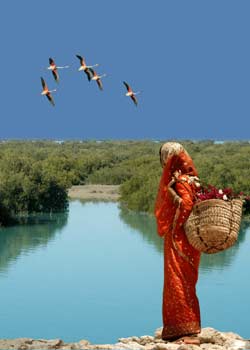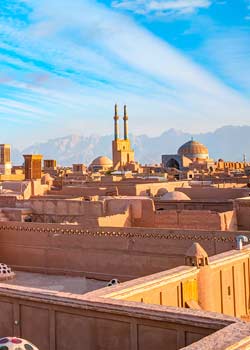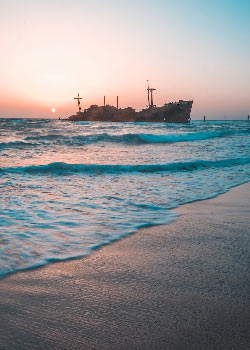Kerman Province is located in south-eastern of Iran; it is the largest province in Iran. Kerman is the capital city of Kerman province. It is the largest and most developed city in the Kerman Province and the most important city in South-East Iran.
Kerman is one of the five historical cities of Iran. From the industrial, political, cultural and scientific points of view, it is the most important city in the southeast of Iran. Kerman is very famous for its long history and strong cultural heritage.
Due to the special geographical conditions Kerman province enjoys considerable changeable climate, the average temperature during the months of March-June has been recorded as 20°-25°C. These months are the most suitable for travelling and tourism. Kerman is Iran’s largest producer of handmade carpets and a major exporter of pistachio nuts.
Travelers have long known Iran as the land of diversity and beauty, given its colorful nature, diverse ethnicities, and rich culture and arts. These features are manifested in different parts of Islamic Iran, including the southeastern Iranian Province of Kerman.
This province is home to hardworking, patient, and hospitable people, and maintains a diverse climate and an attractive culture and art. In today’s program, we pay a visit to this province, which maintains warm and cold climates in its different regions. In fact, while one region of Kerman Province may maintain a cold climate, another region of the province could be very warm. Given the rich and scenic nature of this province, animal husbandry has been promoted in the province, thereby providing the raw material for creation of beautiful patterns on the well-known rugs and carpets of Kerman.
GET AROUND KERMAN
Kerman is a city in southeastern Iran with 677,650 inhabitants, situated on a sandy plain 1749 meters above sea level. It is the capital of Kerman province with 2,652,413 inhabitants (2006) and an area of 181,714 km². Kerman is the largest carpet producing and exporting center in Iran. Kerman is a large producer of pistachios on the world market. The province is rich in minerals, like copper, coal, chromium, lead, zinc, uranium and aluminum, but mining has remained on a small scale. In recent times crude oil has been discovered but is yet not exploited.
WHAT TO SEE IN KERMAN
Bazaar: Explore the arcades of this ancient, authentic bazaar, indulge in the smells of oriental spices.
Gonbad-e-Jabaliyeh: An amazing dome in the east of Kerman. Mysterious place, perhaps an ancient Zoroastrian fire temple.
Ganjalikhan hammam: A historic hammam
Mouyedi Ice-House: There are several small-gardens around this ice-house which were filled with the water in winter, then after the water turned to ice, it was kept in the “ice storage” between layers of straw to use in summer. Amazing centuries-old system.
San’ati museum: An interesting museum in contemporary arts of Kerman featuring local as well as famous international artists (Rodin, Dali…).
Vakil traditional tea house: An attractive old hammam turned into a beautiful traditional tea house in the covered bazar. Often has live music.
Ganjali Khan Square: It is similar to “Naghshe Jahan” and “Mirchakhmaq” squares. The bazaars are located in three side of square and in the fourth side, the Ganjali Khan School is established.
Ganjali Khan Mosque: It is located in the north-west of square and near Ganjalikhan School. It was constructed in 1007 A.H. Lovely little mosque, highly recommended!
Zarabkhaneh museum: It is located in the north side of square. This eight-angle place includes an arch, four porticoes and four booths in four views. Now, it has changed to coin museum.
Jameh mosque: The beautiful blue-tiled Friday mosque.
Moshtari-ye-Moshtak Ali Shah: A beautiful holy shrine at the end of the bazaar. Blue domes and a peaceful garden.
Malek mosque (Imam mosque):A gem of a mosque!
National Library: housed in a former a textile factory.
Museum of the Holy Defense: Interesting installation in the courtyard, depicting a battlefield in the Shatt-el-arab. Admission 3000 IRR.
Takht-e-Darya-Gholi-Beyg: A small monument in the side of the hills in the east of Kerman.
Ghal’e Dokhtar: A historical castle and oldest building in Kerman, on the hills in the east of Kerman; attributed to the Ashkanian era. Nice view on the city to enjoy sunset.
Ghal’e Ardeshir: A historical castle and oldest building in Kerman, on the hills in the east of Kerman; attributed to the Ashkanian era.
Zoroastrian fire temple: The sill alive fire temple of Kerman. Big peaceful garden, little museum.
.jpg)
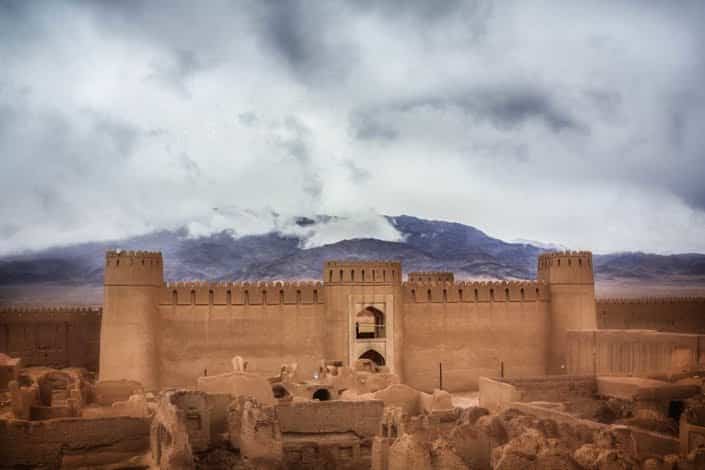
.jpg)
More photos
